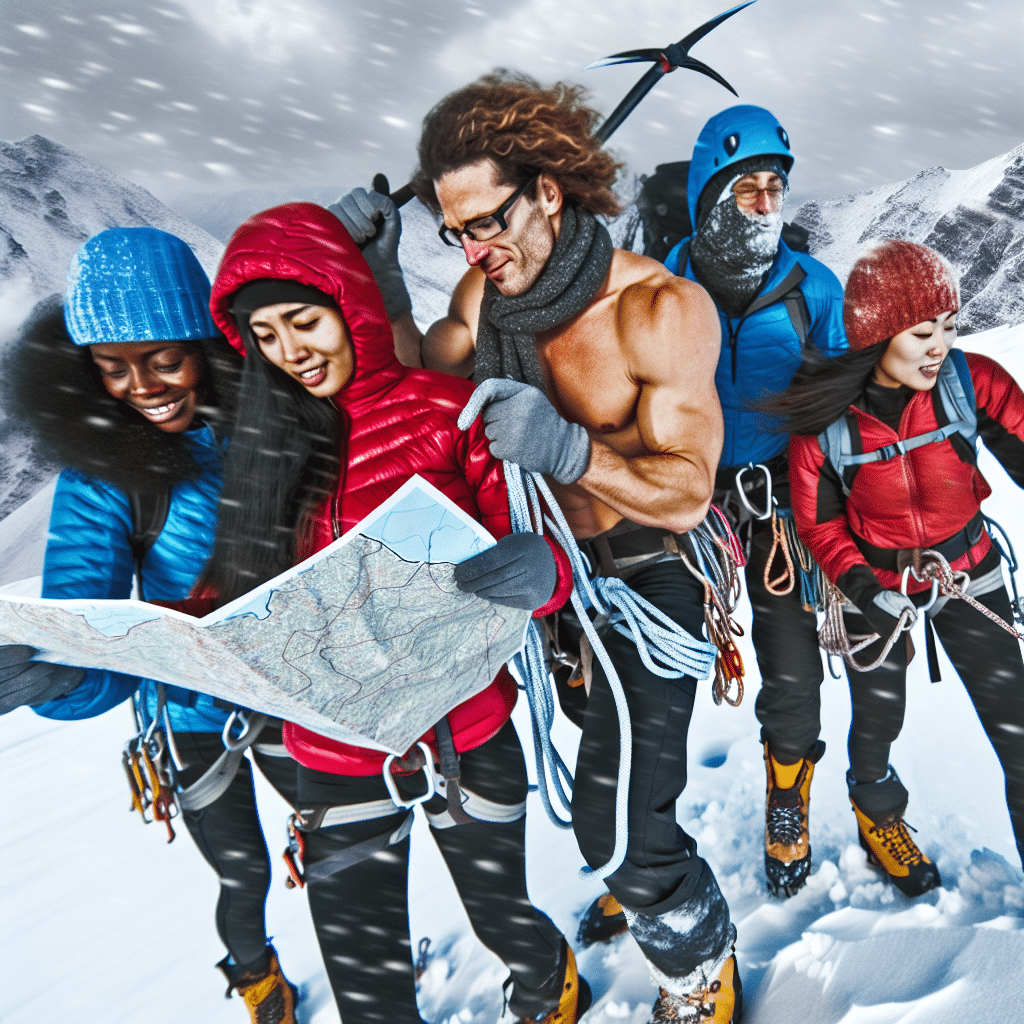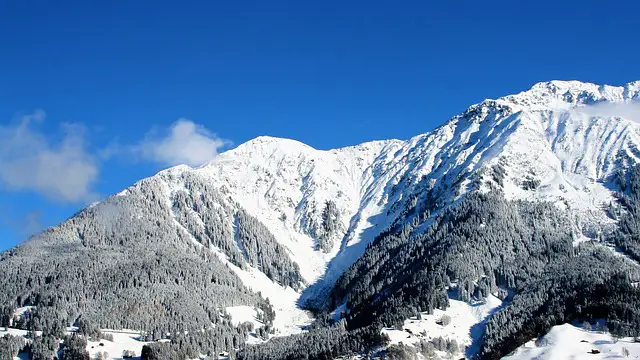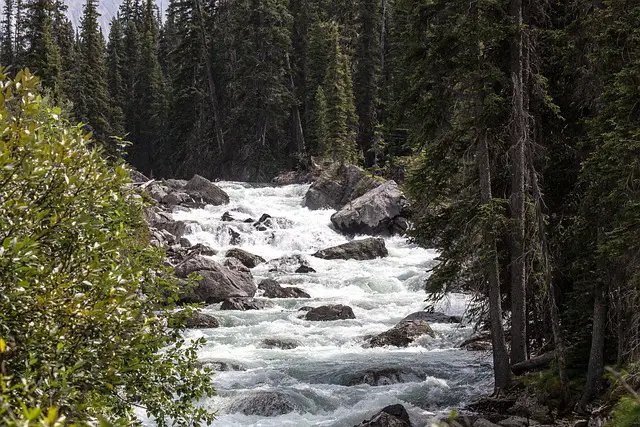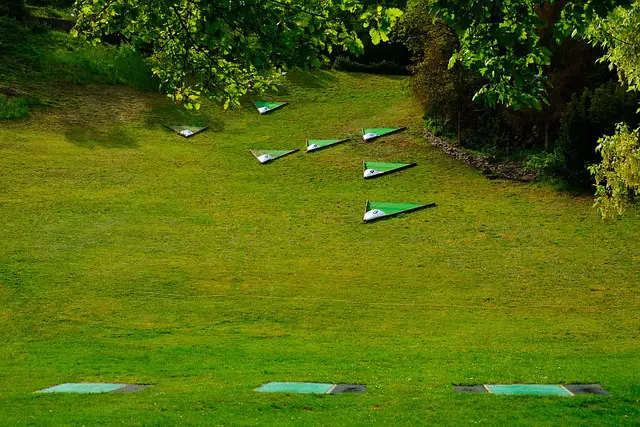Mountain climbing has long been celebrated as one of the ultimate tests of human endurance, skill, and perseverance. However, amidst the breathtaking vistas and the triumphant summits lie the shadows of mountain climbing accidents. These incidents can serve as stark reminders of the inherent risks associated with this sport, which demands respect, preparation, and prudent decision-making. This article delves into the world of mountain climbing accidents, exploring their causes, consequences, and preventive measures.
What Triggers Mountain Climbing Accidents?
Environmental Hazards
Mountain environments are inherently unpredictable and volatile. Weather conditions can shift dramatically within minutes, transforming a serene climb into a life-threatening ordeal. Blizzards, avalanches, rockfalls, and lightning strikes are just a few of the environmental hazards that can lead to accidents. Climbers often find themselves battling the elements, and one miscalculation or unexpected change can spell disaster.
Human Factors
While Mother Nature poses significant risks, human error remains a primary cause of mountain climbing accidents. This can range from inadequate preparation to poor decision-making during the climb. Insufficient knowledge of the terrain, overestimating one’s ability, and neglecting essential safety protocols can culminate in catastrophic outcomes. Fatigue, altitude sickness, and psychological stress also impair judgment, leading climbers to make critical mistakes.
How Can We Prevent Mountain Climbing Accidents?
Proper Training and Preparation
One of the most effective ways to mitigate the risk of accidents is through thorough training and preparation. Aspiring climbers should invest time in learning essential skills, such as navigation, first aid, and rope techniques. Participating in guided climbs and enrolling in mountaineering courses can provide valuable experience and knowledge.
Weather Monitoring
Given the unpredictable nature of mountain weather, constant monitoring of forecasts is imperative. Climbers should be prepared to adapt their plans or even abort their climb if conditions become too hazardous. Equipping oneself with appropriate gear for varying weather conditions is also crucial.
Risk Assessment and Decision Making
Mountain climbing demands a keen sense of judgment and risk assessment. Climbers should regularly evaluate their physical and mental state, the condition of their gear, and the environmental factors before and during the climb. Making conservative decisions and erring on the side of caution can be the difference between a successful summit and a tragic accident.
Real-Life Stories: Lessons from Mountain Climbing Accidents
The 1996 Mount Everest Disaster
One of the most infamous mountain climbing accidents occurred on Mount Everest in May 1996. Multiple expeditions were caught in a severe storm, leading to the deaths of eight climbers. The tragedy highlighted the dangers of overcrowding, poor communication, and the critical importance of adhering to turnaround times. Jon Krakauer’s book “Into Thin Air,” which chronicles the disaster, serves as a sobering reminder of the mountain’s perils.
The Eiger Nordwand Tragedy
In 1936, four young climbers attempted to conquer the notorious North Face of the Eiger in the Swiss Alps. They were trapped by a storm, and despite valiant rescue efforts, all perished. This incident underscored the necessity of respecting the mountain and the brutal reality that even the most skilled climbers are vulnerable to nature’s whims.
The Role of Technology in Preventing and Responding to Accidents
GPS and Communication Devices
Modern technology has enhanced both the safety and rescue capabilities in mountain climbing. GPS devices enable climbers to navigate accurately, while satellite phones and emergency beacons provide vital communication links in remote areas. These tools can expedite rescue operations and relay critical information to emergency responders.
Weather Forecasting Apps
Advanced weather forecasting apps offer real-time updates and detailed analysis of mountain conditions. Climbers can access hyper-local weather predictions, helping them make informed decisions about when to climb and when to retreat. These apps can significantly reduce the element of surprise and increase the chances of a safe expedition.
Conclusion: Embracing the Challenge Responsibly
Mountain climbing is more than a sport; it is a profound journey that tests the limits of human courage and resilience. While the allure of the peaks is undeniable, it is essential to recognize and respect the dangers inherent in this pursuit. Mountain climbing accidents serve as poignant reminders of the stakes involved. Through proper training, preparation, and judicious use of technology, climbers can navigate the risks and embrace the challenge responsibly. By learning from past tragedies and continually advancing safety measures, the mountaineering community can honor the mountains and those who have lost their lives in pursuit of their dreams.




